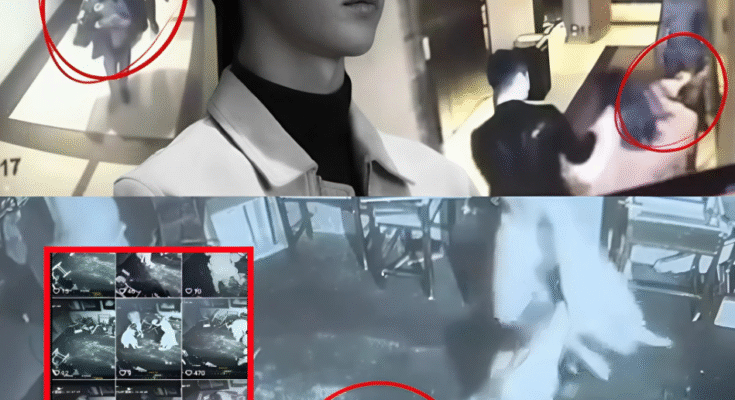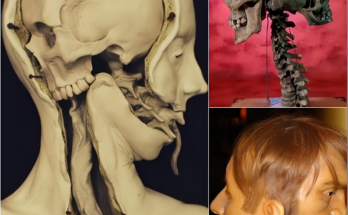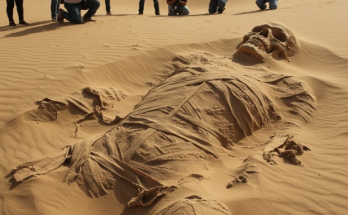A Scene That Froze the Heart of a Nation
The air was heavy with disbelief as footage surfaced showing Vu Mong Long’s final, harrowing moments — a man dragged helplessly across the cold ground, the last trace of life fading from his eyes.
It was not merely an incident; it was a cry that pierced through the silence of an entire nation.
The brief clip, raw and unfiltered, spread across social networks like wildfire, leaving viewers shaken and speechless.
In that haunting image — a body pulled by unseen hands, a soul surrendering to forces beyond mercy — people saw both a tragedy and a mirror of human frailty.
The footage revealed no music, no filter, no artifice.
Only the scraping sound of gravel beneath a motionless body, the trembling voices of onlookers, and the final stillness that followed.
It was the kind of moment that compels even strangers to stop, to question, to mourn.
Shock, Sorrow, and the First Wave of Outrage
By dawn, the video had been shared thousands of times.
In comments filled with broken hearts and disbelief, citizens demanded to know:
Who was Vu Mong Long? What led to this unbearable scene? Why was no one able to save him?
Those who had known him described Long as quiet but kind — a man who worked hard, cared for his aging mother, and carried the weight of life’s struggles with quiet endurance.
He was not famous, not powerful, not controversial.
He was simply a man — and that made the image of his suffering all the more unbearable.
Witnesses reported hearing desperate cries moments before he was dragged away.
Some spoke of confusion, of chaos, of a scene that escalated too quickly for anyone to intervene.
Others said there was fear — fear of authority, fear of punishment, fear that stepping forward might cost another life.
By the time help arrived, it was too late.
Vu Mong Long was gone.
The Leak That Shattered Silence
When the footage first appeared online, many believed it was fabricated — a cruel hoax in an age of digital manipulation.
But as multiple witnesses came forward, and as the location was verified, the chilling truth became undeniable.
The leak, authorities later confirmed, originated from a bystander’s phone, secretly recorded in the heat of the moment.
What was meant as evidence quickly became a symbol — a testament to suffering that should never have happened, a haunting reminder of how fragile justice can be.
Human rights advocates called the video “a cry for accountability.”
Community leaders urged calm but admitted that the image was “impossible to forget.”
The clip was short, but it carried the weight of a novel — a story of life, power, and the thin line between protection and brutality.
A Community Torn Apart
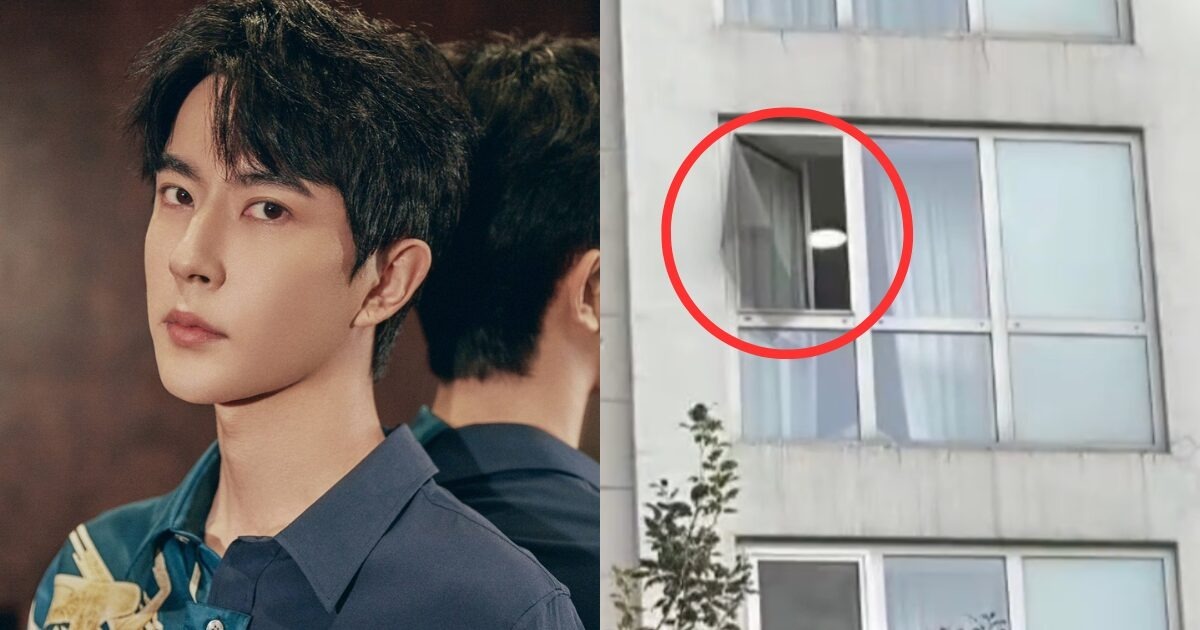
In the small town where Vu Mong Long once lived, grief came like a storm.
Candles appeared outside his modest home.
Children whispered his name as if invoking a ghost.
Neighbors stood in silence, unsure what words could possibly bring comfort.
“He was just trying to live,” one woman said, her eyes red with tears.
“He was poor, yes, but he never hurt anyone. Why did it have to end like that?”
The local market closed early the next day.
At the bus stop where he used to wait for work, someone left a single white rose.
The petals trembled in the wind, catching the morning light — a small, fragile tribute to a life cut short.
Questions Without Answers
The video raised more questions than it answered.
Why was Vu Mong Long dragged?
Was he resisting arrest, or pleading for help?
Were those who handled him trained professionals or something else entirely?
Authorities have opened an investigation, promising transparency.
But skepticism runs deep.
In a society that has seen too many investigations fade into silence, many fear this case may be forgotten once the outrage cools.
Still, some cling to hope.
They believe the footage, horrifying as it is, might force a reckoning — a moment when truth is no longer buried beneath bureaucracy and fear.
The Anatomy of a Tragedy
Those who examined the video frame by frame spoke of details that broke their hearts:
the limpness of Long’s arms, the way his head tilted toward the earth, the marks left in the dirt behind him.
Experts say such physical signs suggest a man already unconscious — perhaps dying — when he was pulled.
If that is true, the dragging was not an act of control but one of disregard.
It would mean that Vu Mong Long’s final moments were not just painful, but dehumanizing.
Medical professionals watching the footage described feelings of helpless anger.
One doctor said, “You can tell when someone’s body no longer resists. That’s when dignity matters most — when life itself is slipping away.”
The Ripple Effect
The shock did not remain local.
Across the country, vigils formed spontaneously.
University students lit candles on campuses.
Elderly citizens, who rarely spoke out, joined in the call for justice.
Online, artists began sketching portraits of Long — his gentle face rendered in charcoal and grief.
Writers posted poems; musicians composed songs.
In death, Vu Mong Long had become something larger than himself: a symbol of every ordinary person who had ever been ignored, silenced, or wronged.
But symbolism does not erase suffering.
Behind the candlelight and the slogans, there was still a mother who had lost her son.
Her cries, recorded by local reporters, echoed louder than any protest.
“I only wanted him to come home,” she said. “Now he never will.”
The Weight of Witness
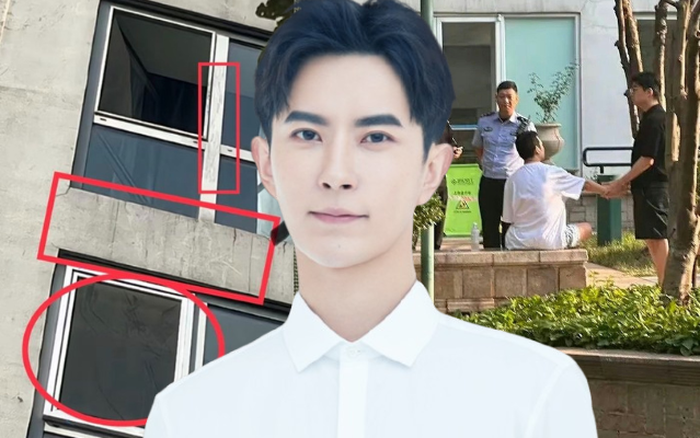
One of the most haunting parts of the story is the courage — and the guilt — of those who saw it unfold.
A young man, who filmed part of the video, confessed through tears:
“I didn’t know what to do. I wanted to help, but there were too many of them. I thought if I at least recorded it, someone would see. Someone would care.”
His words struck a painful chord.
In a world where cameras capture everything, the line between witness and participant blurs.
People asked themselves: Is watching enough?
The viral video forced society to confront a deeper question — what it means to bear witness to injustice, and whether silence makes us complicit.
Authorities Under Pressure
As public anger grew, officials released a brief statement acknowledging the incident and pledging an investigation.
They urged citizens not to spread “unverified content,” even as the verified footage circulated on every major platform.
Behind closed doors, internal reports were said to be under review.
Critics argued that this response came too late and said too little.
Transparency, they insisted, was the only way to heal a wound so deep.
International observers echoed the sentiment, urging a fair, independent inquiry.
The phrase “Justice for Vu Mong Long” appeared on banners, walls, and social media posts — a call that refused to fade.
The Search for Meaning
Why does the story of Vu Mong Long matter so much?
Perhaps because it forces us to confront the value of a single human life in a world often desensitized to violence.
Perhaps because it reminds us that dignity should not depend on wealth, status, or circumstance.
His death became a collective mirror, reflecting our shared vulnerability.
People saw themselves — or their sons, brothers, fathers — in his final moments.
They realized how easily a life can be stripped of its worth, how quickly compassion can vanish in the heat of authority or fear.
Grief as a Catalyst
In tragedy, sometimes there is awakening.
Community leaders have begun organizing open forums on accountability, ethics, and the role of bystanders.
Schools are holding discussions on empathy and civic courage.
Journalists are pushing for laws that protect both citizens and the truth.
Vu Mong Long’s story has already altered the national conversation.
For many, he is no longer just a victim but a reminder — that justice begins not in courts or offices, but in the human heart.
A Farewell That Echoes
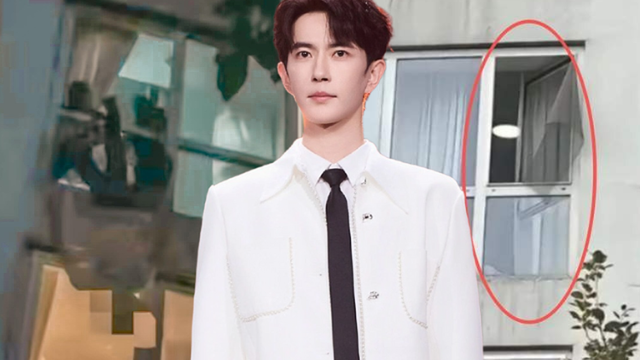
On the seventh day after his passing, hundreds gathered in silence.
They carried candles, photographs, and flowers.
No speeches were needed.
The air itself was a prayer.
As dusk fell, the crowd began to hum softly — a wordless song of mourning.
Some wept openly.
Others simply closed their eyes, whispering his name into the wind.
One elderly man stepped forward and said, “We can’t bring him back, but we can make sure no one else dies this way.”
It was both a vow and a plea.
The World Watches
International media outlets have begun covering the case, describing it as “a test of transparency and humanity.”
Diplomats have expressed condolences.
Activists have shared petitions demanding answers.
And yet, amid the global noise, one truth remains painfully simple:
A man named Vu Mong Long is gone.
No headline, no investigation, no speech can undo that loss.
But perhaps, in the ripples his death created, there lies a fragile hope — that the next time injustice raises its hand, someone will step forward sooner.
The Unfinished Story
Even as the investigation continues, the world waits.
Every update, every rumor, every official word is dissected and debated.
But beyond the headlines, the heart of the story is quiet — a mother’s grief, a nation’s reckoning, a reminder that humanity’s true test lies in how we respond to suffering.
In the end, the image that began this tragedy — a man dragged across the ground — may one day be replaced in memory by another:
a candle burning in the dark, held by countless hands, refusing to go out.
